A year ago, during Shark Week 2014, 500px‘s own Social Media Manager Klassy Goldberg got in touch with underwater photographer Thomas Conrad to see if he could share some of his shark photography wisdom with our readers.
Alas, the interview came in a bit late and was never published…until now! We’ve saved it all this time because we did NOT want to waste such amazing content. And today, on the first day of Shark Week 2015, we’re publishing the interview to remind you that sharks are incredible creatures that make for some mind-blowing photos if you know how to take them.
Scroll down, read on, and enjoy!
500px: Hi again, Thomas! Welcome back to 500px ISO! Since we last spoke, you were on your way to the Galapagos. How was it?
Thomas Conrad: Galapagos is probably the best diving location in the world. It was mind-blowing. Everything is bigger in size and bigger in numbers than elsewhere in the world. We had schools of hammerheads, barracuda, and all kind of fish schools — mobula and mantarays, sunfish, and even marine iguanas feeding on seagrass underwater!
Let’s talk about your fascination with sharks. What makes them great subjects for photographs?
Thomas: Sharks are the top predators in the ocean. They’ve been around for 400 million years. For me, it is not about their powerful jaws. It is their elegance and beauty when they glide through the water. They are actually shy, and it is pretty tough to get close enough for a good photo. Maybe the most fascinating thing about them is that you can get close to a top predator!
As a photographer and diver, what are some misconceptions about sharks that you’d like to clear up?
Thomas: Sharks play an important role when it comes to a healthy marine ecosystem and healthy reefs. They are so different from what most people think — probably because people believe what the media say about them. In the media, sharks are still portrayed as the monsters of the deep. Even now when you watch Shark Week on Discovery Channel, it is mostly about the fear of sharks. Did you know if you were a soccer pro, there is a 5000 times (or higher) bigger chance of getting bitten by Suarez than a shark?
What was it like the first time you dove with sharks?
Thomas: That was over 20 years ago in French Polynesia. I went on a shark feeding dive. When I jumped into the water and saw the sharks down there, I almost started to hyperventilate. So I figured I would go last in our diving group, because the instructor was up front and he had the baitfish to feed the sharks. So I followed the group to the ground. All of a sudden, all the sharks were gone. Then I turned around, and they were all swimming right towards me. There were about 20 white and blacktip reefsharks. When the first shark slowly passed me, my fear changed into fascination. From that moment on, I wanted to know more about these fascinating animals.
How do you prepare for a dive that involves photographing sharks?
Thomas: When you want to see sharks, you have to be at the right time, at the right place. There are places where you can see sharks all year round, but some months are better than others. Even the moon’s phase plays a role. The more tide you have, the stronger currents can get and the more sharks you have. As a photographer, you always want the best conditions, visibility, and go with a small diving group. You have to do your research.
Can you share some of your expert tips with us on photographing sharks?
Thomas: Plan your dive, and then dive into your plan. Have a buddy who understands what you do, and who can keep an eye on what’s behind you. Most of the time, sharks come from behind. Many times when you get in the water, sharks come by to check out whats going on. So you want to be ready for that.
Before I jump into the water, I set my camera to shutter priority mode, depending on how bright the day is between 1/30s to 1/100s. My two flashes are on manual, and about one third of the power they have. The bellies of the sharks are white. You don’t want them overexposed.
When I’m in the water, I change to manual mode. With the shutterspeed, you actually control the blue of the water — the faster, the darker. Aperture is for depth of field. With your flashes, you can freeze the action and bring back the colors you loose the deeper you go.
Do you think the popularity of underwater photography, including shark feeding and tourist cage photography has had an impact on shark behavior?
Thomas: The newest research says shark feeding has no influence. If you want to know more, just google shark feeding behavior in Fiji. Basically, everything you do underwater has an impact or influence. I believe it always depends on how often and how respectful everybody is. I always try not to touch or destroy anything down there, and be as respectful as I can. I learned not to touch anything, and the only thing I leave are bubbles.
What’s your most memorable experience diving with sharks?
Thomas: It was during a trip to the Bahamas. We did a safari on a dive boat. In that week, we saw about 50 lemon sharks, 50 Caribbean reef sharks, 5 tiger sharks, and some nurse sharks. It was an awesome trip! Even at night, you had the sharks around. Night diving there was so great. In one night, we did even two night dives.
Where are the best locations in the world to photograph and dive with sharks?
Thomas: Galapagos, Cocos, Coiba, Bahamas, Palau, Maldives, French Polynesia, Fiji, and Indonesia. I think Galapagos is one of the best diving locations in the world.
What advice would you give someone who wants to be like you and photograph sharks?
Thomas: First of all, learn how to dive. You are diving with predators, so you have to be able to fully concentrate on what’s going on around you. If you want to take good images, you have to get as close as you can underwater. Since sharks are shy, you have to learn everything about their behavior. Always stay calm, be safe, be respectful and — last but not least — enjoy what you do!
A huge thank you to Thomas for taking the time to answer our questions so thoughtfully, and then not being livid with us when it took a year to publish them!
Be sure to follow him on 500px to see more of his photography, and drop him a line below if you have any burning underwater photography questions.

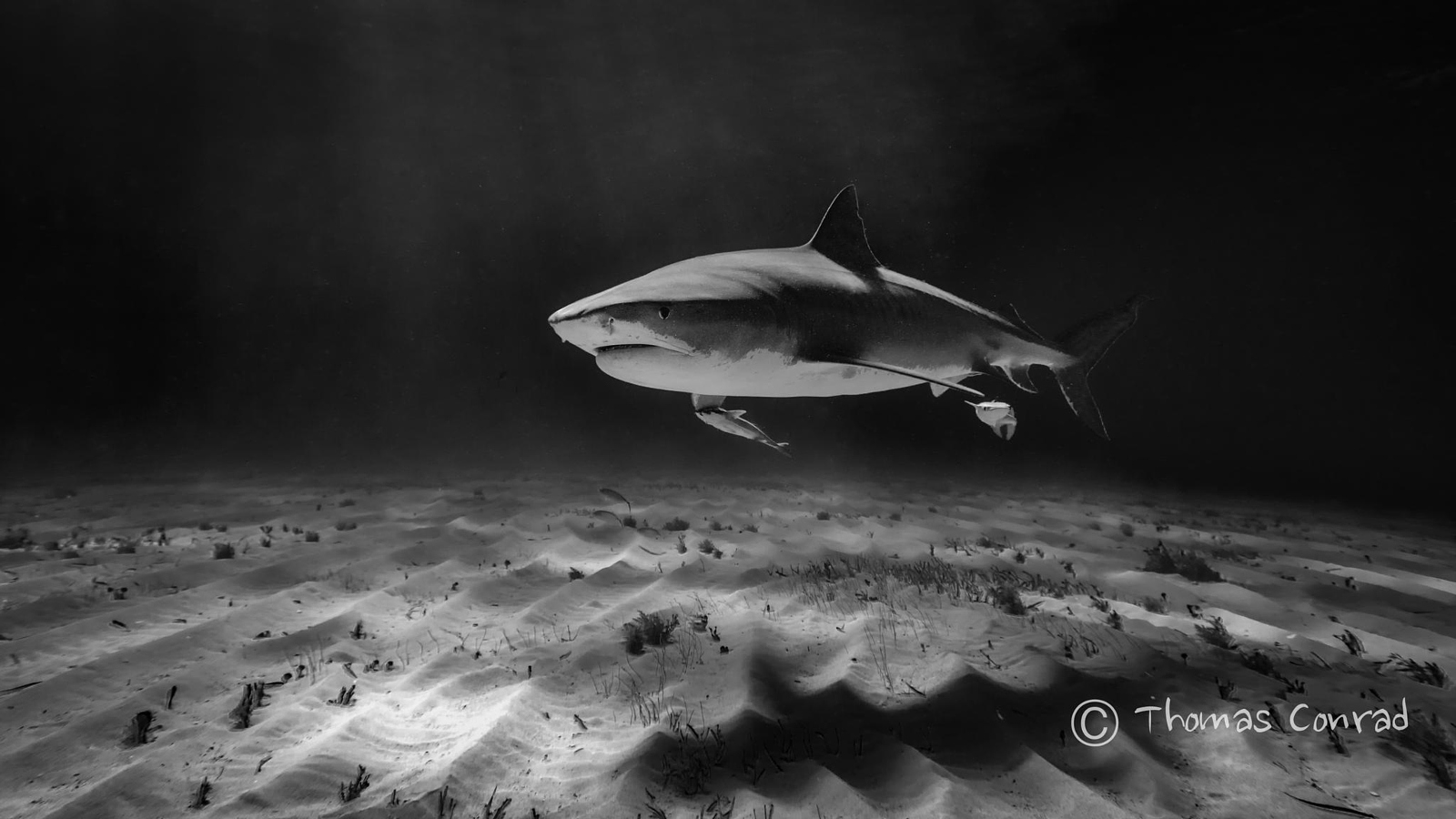








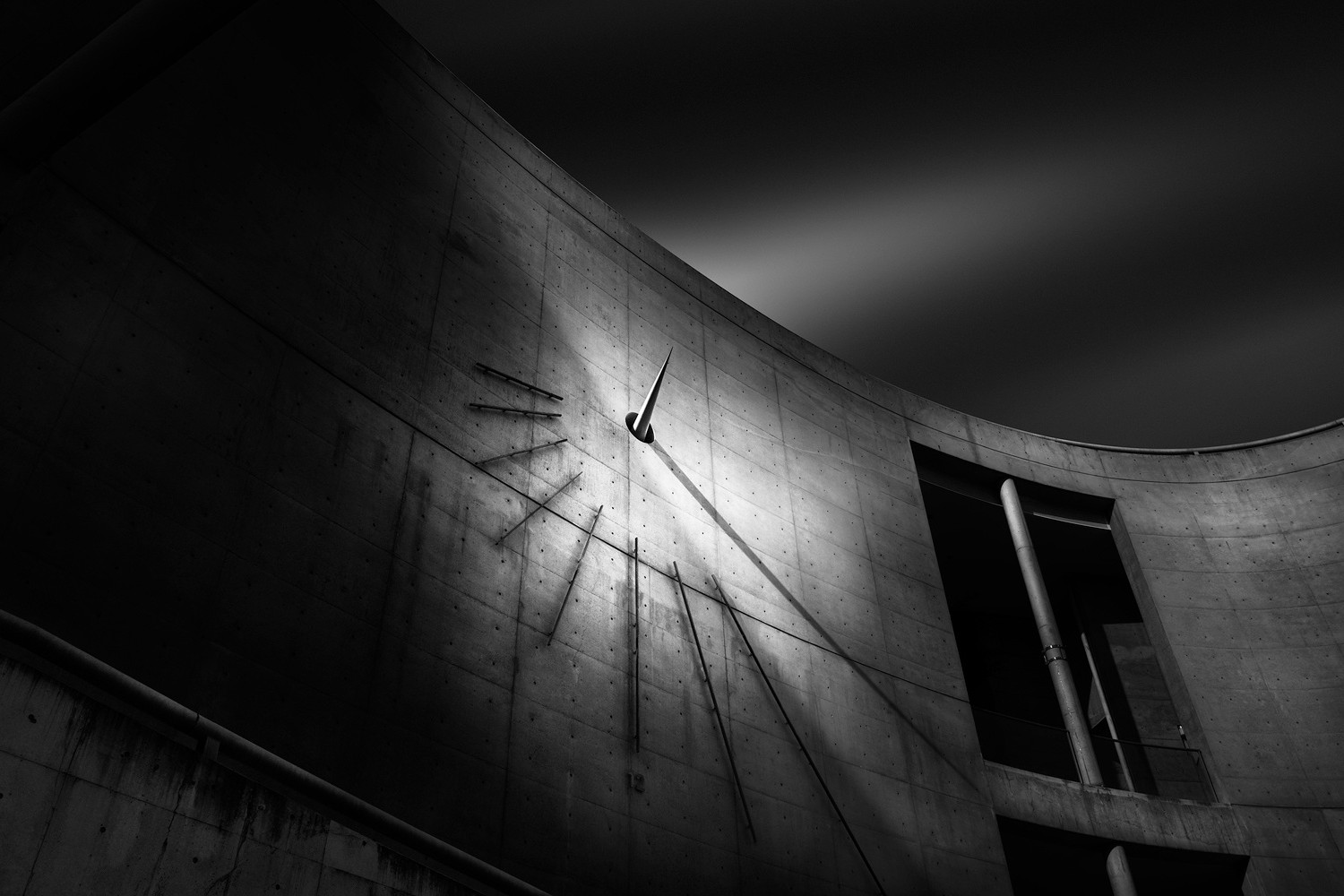
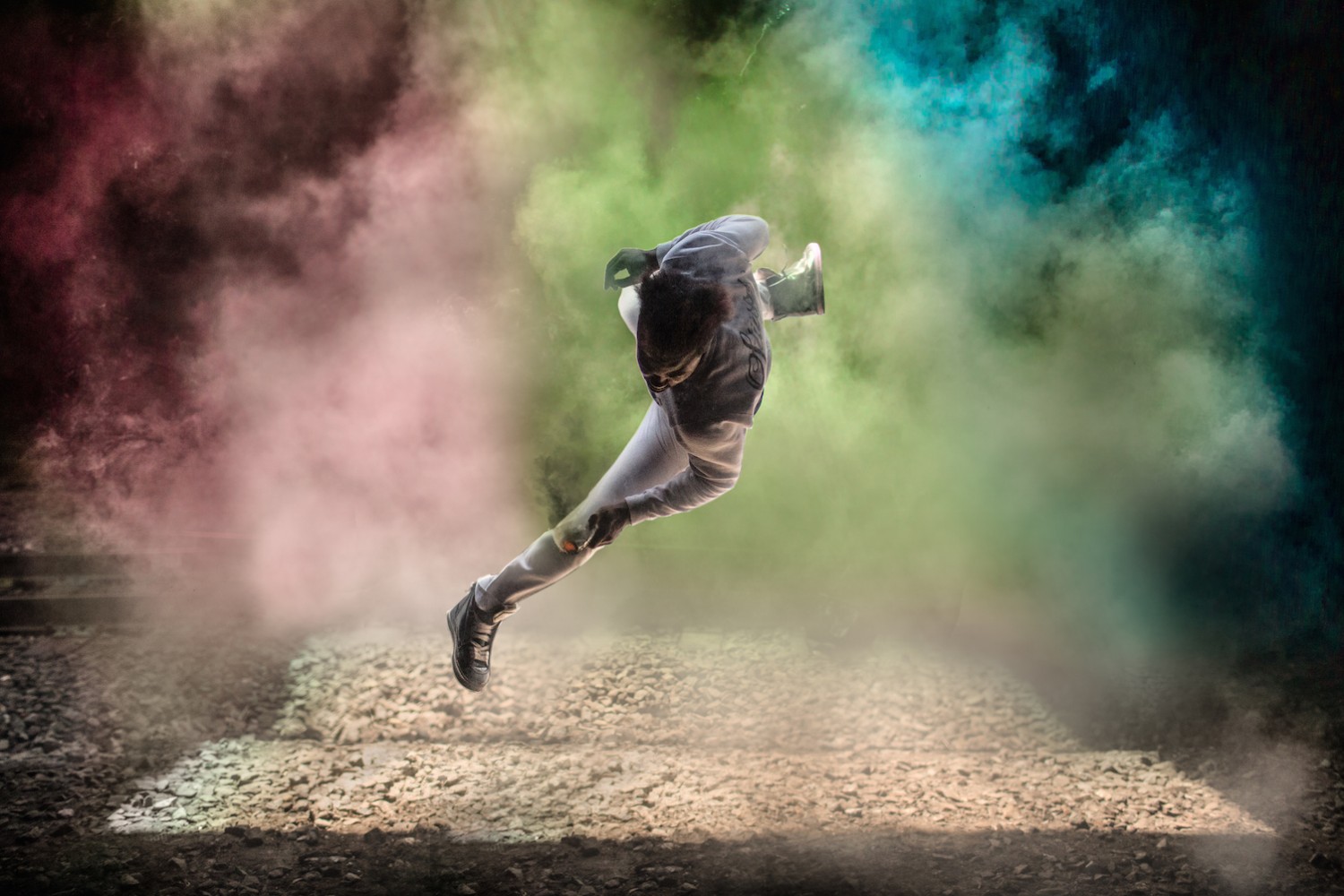
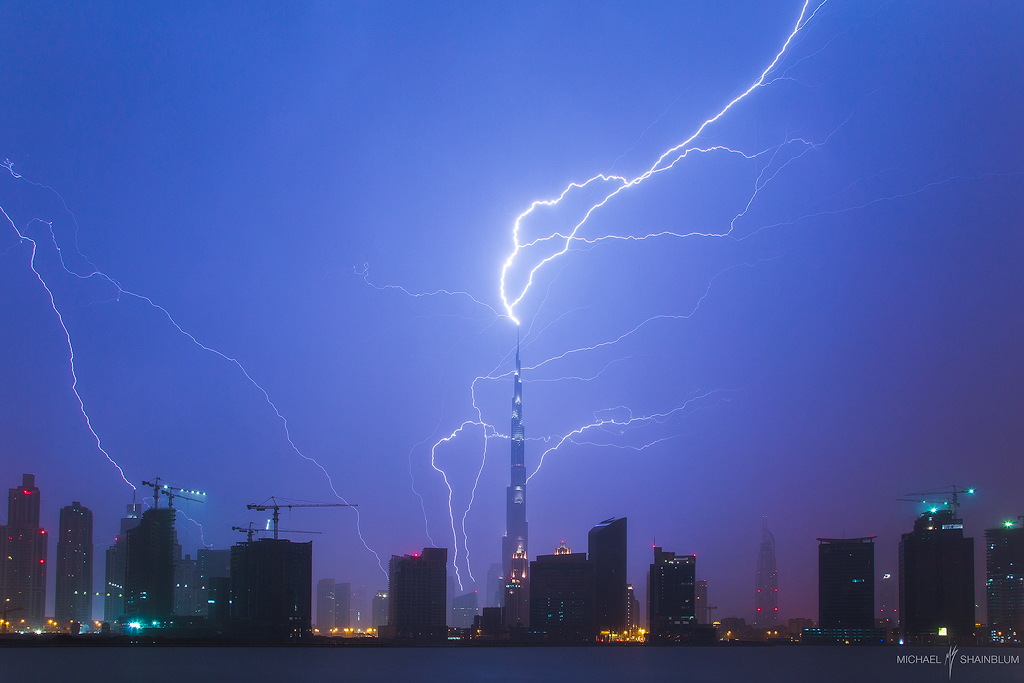
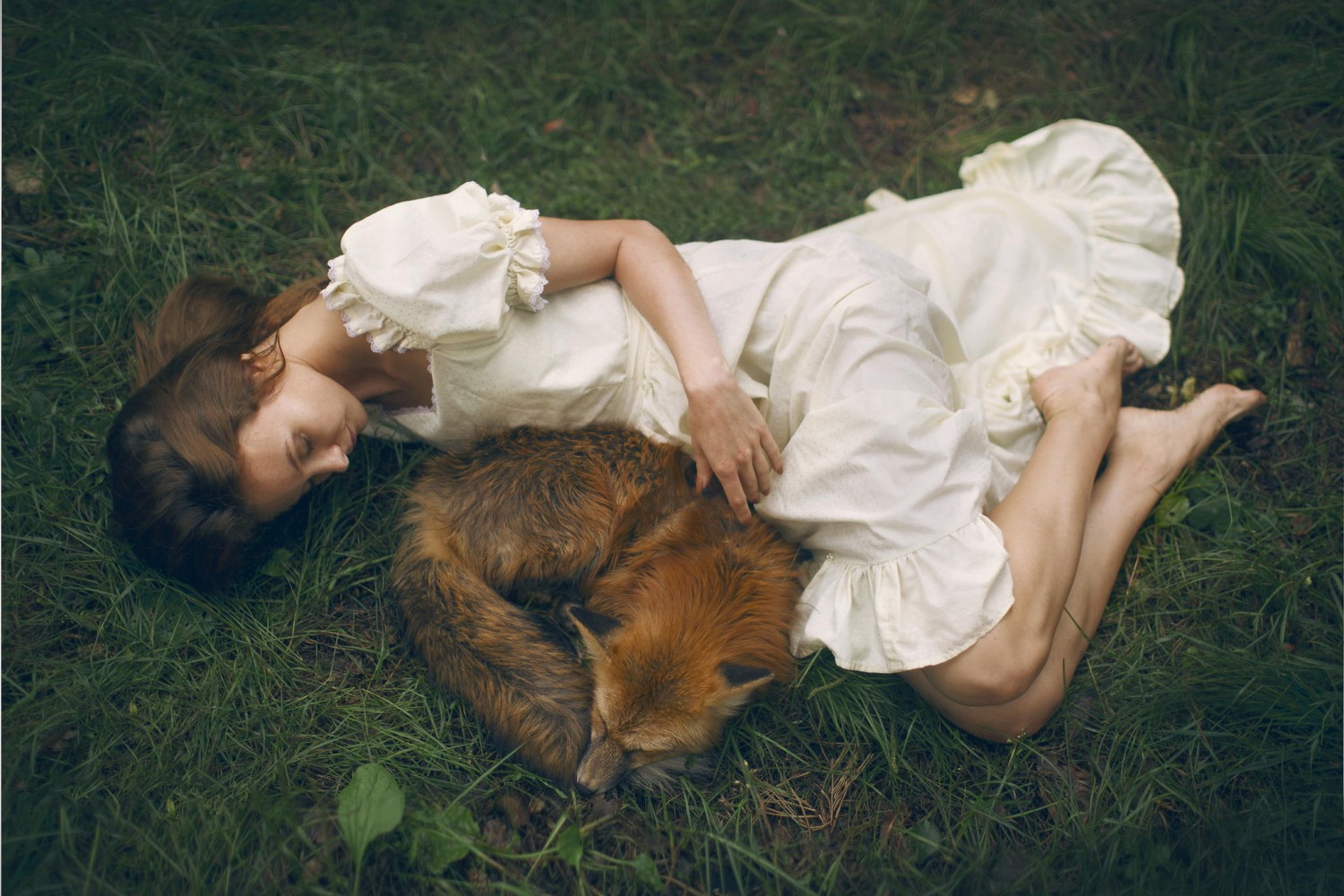
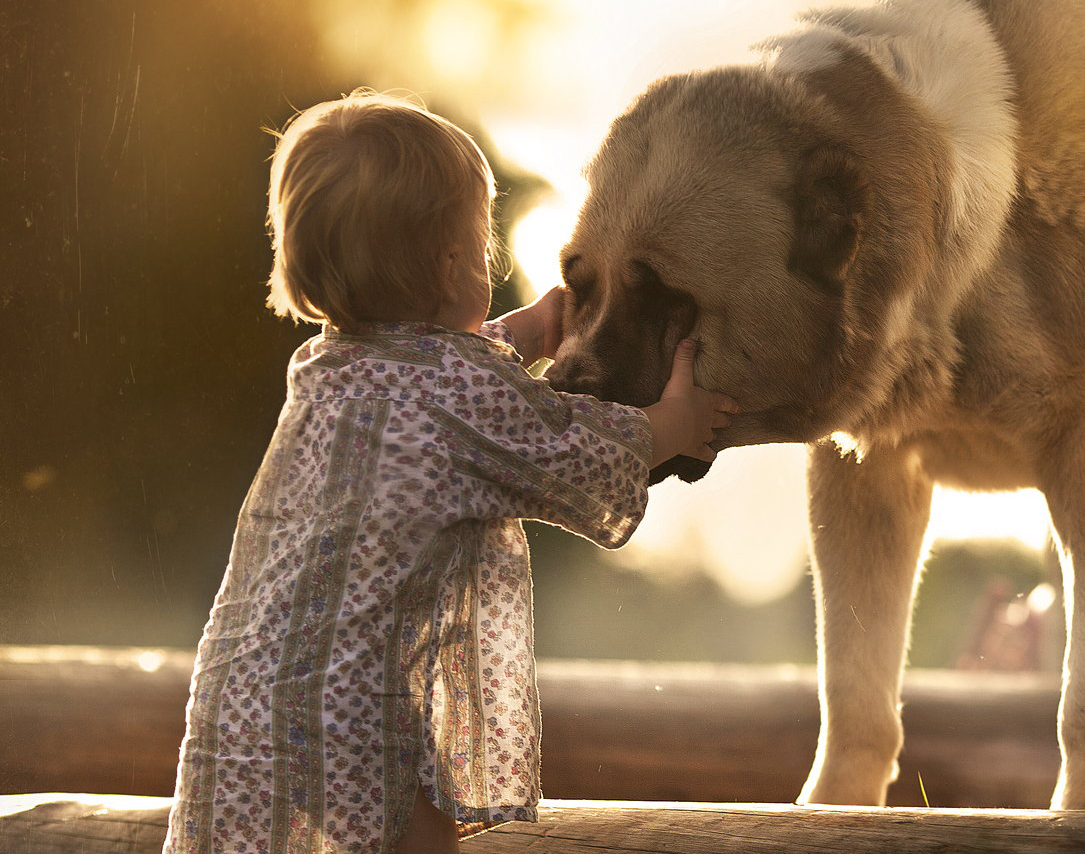
Leave a reply